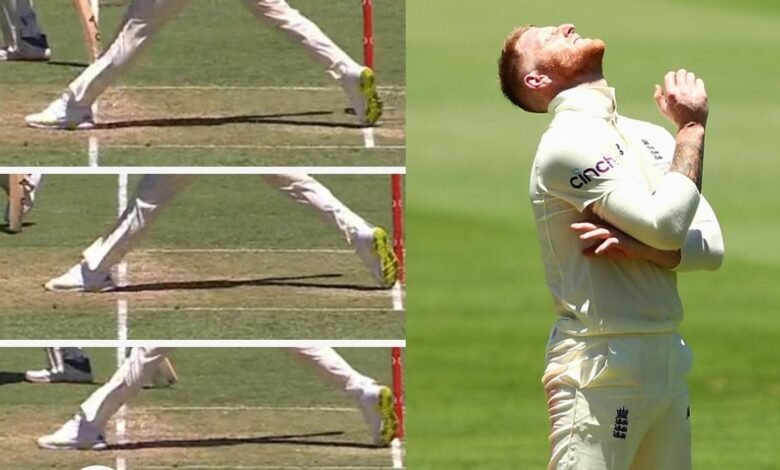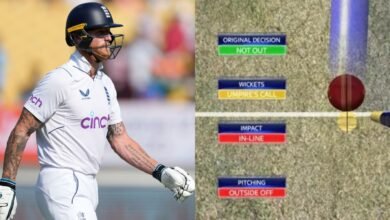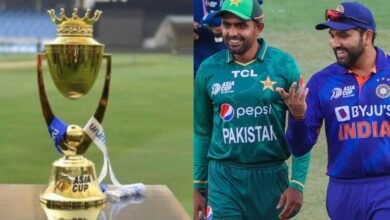
With the third umpire calling the no-balls in every game of international cricket these days, everyone was shocked to find out that Ben Stokes was repeatedly bowling no-balls in his first over of the Brisbane test match earlier today and was still not getting called.
The no-ball was checked only when Stokes cleaned up the Australian opening batsman David Warner, and the batsman eventually survived. But the question still remained why the third umpire didn’t call the earlier no balls of Ben Stokes.
It was confirmed later that because of a failure in the set-up that’s specifically put in place for the TV umpire to check the no-balls in real-time, the officials had to go back to the old procedure of calling the no balls on the field. It was decided that the TV umpire would have a look at the bowler’s front foot only if there was a fall of a wicket.
The third umpire gets a specific set-up to check no balls in real-time
If the third umpire wanted, he could have asked for the broadcast footage and checked the bowler’s front foot every ball, but it would have slowed the game down on the field, as the third umpire would have taken a lot of time out of the game.
A specific set-up is provided to the TV umpire before every game where he is able to check the bowler’s front foot instantly if he oversteps and lets the on-field umpire know by the time the delivery is complete. Not a lot of time goes out of the game, as everything is checked within the time the delivery is complete, and the bowler goes back to his mark.
The setup is a four-camera array for two angles of both ends, sent upstairs in real time. Those cameras failed yesterday so a decision had to be made. Umpires can use broadcast cameras but it takes longer, so can't be used for every ball.
Advertisement— Geoff Lemon Sport (@GeoffLemonSport) December 9, 2021
With the on-field umpires missing too many no balls, the ICC had decided a while back that it was only appropriate to assign the no-ball calling duties to the television umpire as it would make sure all the illegal deliveries get called, and it would also allow the on-field umpires to fully concentrate on the action at the batsman’s side of the pitch, rather than the bowler’s side.
It has paid dividends as a lot of close no balls have got called in recent times by the television umpire, which would have most probably been missed by the on-field umpires. Most likely, the same procedure of the television umpire calling no balls will be back for the second Ashes test match, which will be a day-night test match.




